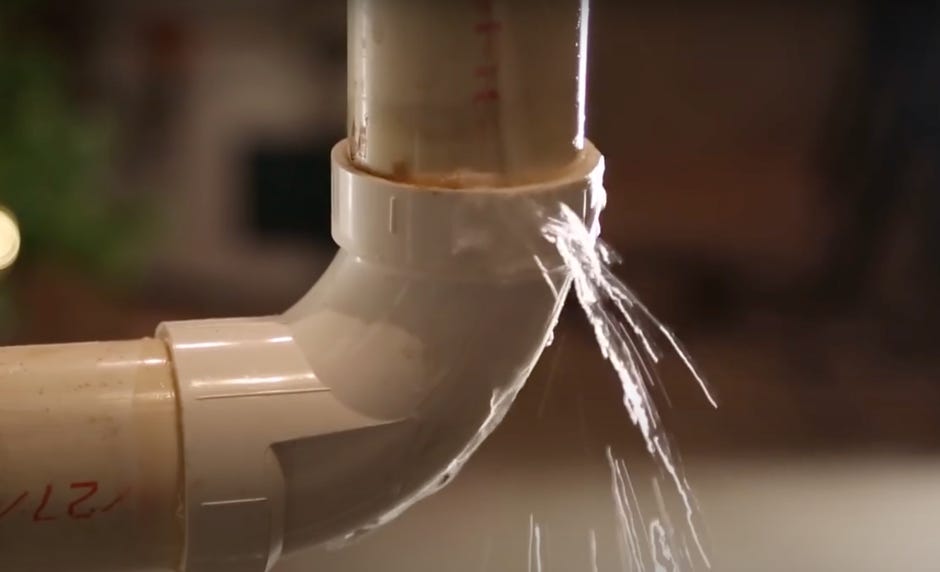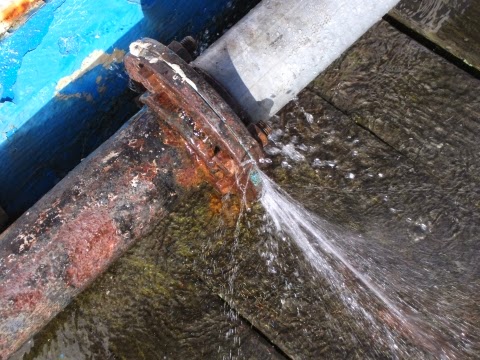We have stumbled upon the article pertaining to What to Know Before Installing a Dishwasher directly below on the web and concluded it made sense to share it with you on this page.

A ruptured pipeline is a significant emergency; you can just stand as you see water you pay a lot to reunite with the planet. In worse situations, you discover a pool on your kitchen floor, which is a great trip hazard, specifically if you have youngsters around. If the pipeline that ruptured remained in your walls, bad news: you might require to paint that whole section.
Exactly how can a calamity like a burst pipe be protected against and also taken care of? Well, by paying attention to your expert emergency plumbings and following these regulations.
Just how do I understand when my pipes have ruptured?
Changing water pressures
Pipes do not simply burst in a day. You might have discovered that your kitchen faucet or shower does not run right away when you turn the tap. It might stop briefly for a few secs and then blast you with more pressure than common.
In various other circumstances, the water may seem normal in the beginning, after that decrease in pressure after a few secs.
Wet walls and water discolorations
Prior to a pipe bursts, it will leakage, a lot of times. If this consistent leaking goes unnoticed, the leakage might finish right into a broad gouge in your pipe. One very easy method to avoid this emergency is to look out for damp wall surfaces ad water stains. These water discolorations will lead you right to the leakage.
Puddles under pipes and sinks
When a pipeline ruptureds, the outflow creates a pool. It may appear that the pool is growing in size, and also regardless of how many times you wipe the puddle, in a few mins, there's one more one waiting to be cleaned. Usually, you may not be able to map the puddle to any visible pipes. This is a sign to call a specialist plumber.
Untraceable leaking noises
Pipeline bursts can take place in one of the most unpleasant areas, like within concrete, inside walls, or under sinks. When your house goes silent, you might have the ability to hear an aggravatingly persistent trickling noise. Also after you've checked your shower head as well as kitchen faucet, the dripping might continue.
Precious reader, the trickling may be originating from a pipe inside your wall surfaces. There isn't much you can do about that, other than tell a professional plumber.
Shut off the Water
When water ices up, it expands in volume by concerning 9 percent. As well as it increases with remarkable pressure: The pressure inside pipelines may go from 40 pounds per square inch to 40,000 psi! No pipeline can hold that much pressure, so it bursts. The break may happen where the ice kinds, but regularly, it occurs where water stress locates a vulnerable point in the pipeline. That may be inches and even feet from the icy area. Discover the water shutoff valve and also turn off the water to stop more damage. You could also need to shut down the electricity also, relying on where the leaks happens and also how huge it is.
Contaminated water
Many individuals assume a burst pipe is a one-way outlet. Rather the contrary. As water spurts of the hole or gouge in your plumbing system, pollutants locate their method.
Your water may be polluted from the resource, so if you can, examine if your water tank has any type of issues. Nonetheless, if your drinking water is provided and also purified by the city government, you should call your plumber promptly if you see or scent anything amusing in your water.
What do I do when I spot a burst pipe?
Your water meter will remain to run also while your water wastes. To minimize your losses, find the main controls as well as transform the supply off. The water pipe are an above-ground framework beside your residential or commercial property.
How to Fix & Detect a Leaking Pipe
How Do I Know if a Pipe is Leaking?
Leak detection tests can help you determine if your pipe has a leak. Even if you don’t see an apparent leak, you should still conduct leak detection tests regularly to save water and money—and prevent major damage to your home.
- Water meter. It can be helpful to figure out what your usual water meter usage numbers are and then monitor them regularly. To monitor your meter, first, turn off all water faucets in your home. Check the meter and write down the numbers. In a few hours, check the meter again. If the numbers have changed, you have a leak.
- Water gauge. Use a water gauge to test your water pressure. Your showerhead should produce a certain amount of water pressure based on its model and design. If the pressure is lower than it is supposed to be for that specific showerhead, your home likely has a leak.
- Puddles. Look inside your bathroom, laundry, and kitchen sink cabinets. Puddles around the cabinets or around toilets, tubs, showers, and washing machines indicate the presence of a leaking pipe. You may also notice loose tiles, peeling or flaking paint, or mold caused by water accumulation.
- Napkin test. Even if you don’t see any puddles, you may still have a leak. You can test for water leaks in the bathroom, laundry, and kitchen by wiping below-sink connections with a napkin, paper towel, or piece of toilet paper. If it becomes damp, you probably have a leaking pipe under the sink.
- Discolored walls. Walls that are discolored—usually with brown or yellow stains—or bulging might mean that they have been impacted by water damage caused by a leaking pipe.
- Smell. A leaky pipe will create sitting water, and over time, that water may develop a musty smell. If your home smells musty, but you can’t locate the source, it may be due to a leak.
Steps for Fixing a Leaking Pipe
- A leaky drain can be remedied by tightening the pipe base, replacing the drain seal, caulking the rim, and tightening the pipe nut.
- Similarly, a leaking toilet pipe can be treated by tightening the packing nut. You may also need to replace the valve.
- A leaky faucet may just need tightening or replacement of the washers. If that doesn’t work, consider replacing your faucet.
- If your pipe has a hole in it, you may want to use a pipe leak sealer or pipe leak tape. This quick fix for water pipe leaks can also temporarily fix a copper pipe leak.
https://www.ahs.com/home-matters/quick-tips/how-to-tell-if-pipes-are-leaking/

We hope you enjoyed reading our excerpt on What to Know Before Installing a Dishwasher. Thank you so much for spending some time to read our piece of content. Enjoyed reading our write up? Please share it. Let somebody else find it. I thank you for reading our article about How to Prepare for Your Dishwasher Installation.
Book Service
Comments on “Quick Guide: Identifying as well as Repairing Ruptured Pipes in your house”